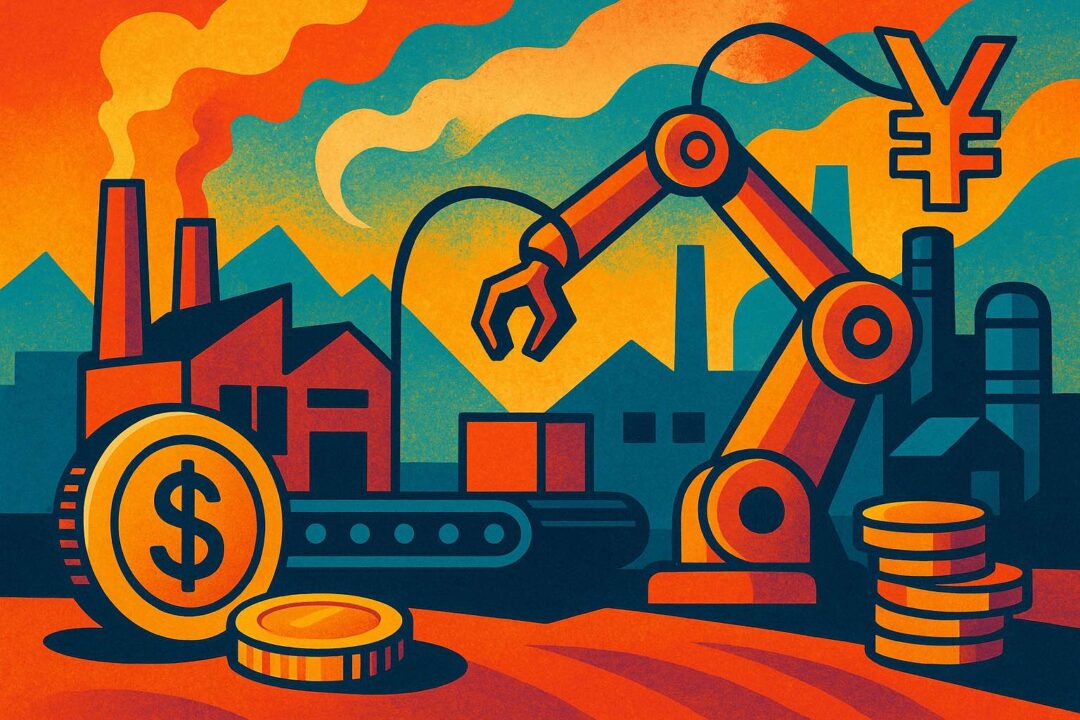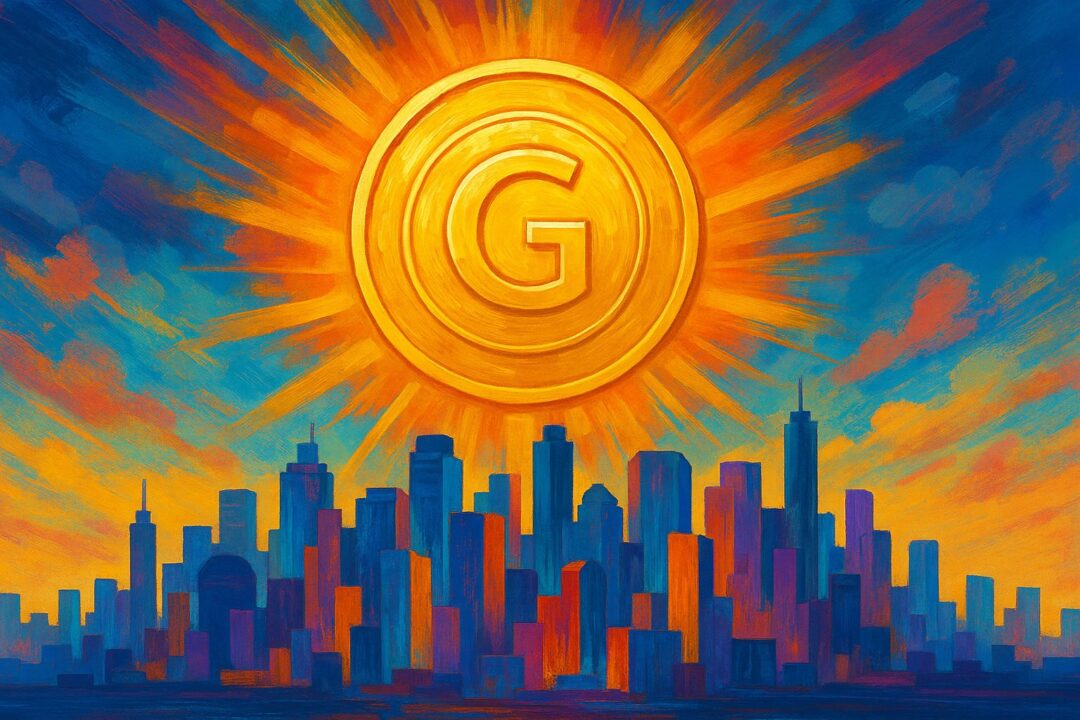For centuries, economists, investors, and politicians have argued about what makes “hard money.” Gold bugs swear by the yellow metal’s scarcity. Bitcoiners point to algorithmic supply caps. Central bankers claim stability comes from trust in institutions.
But what if they’ve all been looking in the wrong place?
What if money’s ultimate hardness doesn’t come from scarcity at all — not from geology, not from math, not from a fixed supply — but from something even more powerful?
What if it comes from the fact that everyone, everywhere, forever must use it?
Picture this: The U.S. dollar isn’t just the global reserve currency. It’s the only currency. Every purchase, every salary, every loan, every rent payment, every trade agreement — all of it in dollars. No euros, no yen, no yuan. Gold is just an industrial commodity. Bitcoin is a niche asset. Your “local” currency doesn’t even exist anymore.
In that world, the dollar isn’t just money. It’s the only language of commerce on Earth. And that makes it something truly historic: the hardest money humanity has ever known.
The Path to a Dollar Monopoly
We’re already seeing the first steps. U.S. dollar–backed stablecoins are quietly replacing unstable national currencies in many parts of the world. In countries suffering from chronic inflation, people are bypassing their local money entirely and using digital dollars stored on smartphones.
This trend matters because it creates a smooth, organic transition toward a global dollar standard:
- Local currencies fail → citizens adopt stablecoins for everyday use.
- Stablecoin infrastructure grows → cross-border trade and remittances start happening directly in dollars.
- Network effect snowballs → more people demand dollars, fewer people use local currencies.
- Full replacement → national monies disappear; the dollar becomes the only functioning medium of exchange.
Stablecoins, in other words, may be the bridge between today’s fragmented system and tomorrow’s universal dollar economy.
Hardness Redefined
Traditionally, hard money was about physical scarcity protecting value. In this scenario, hardness comes from something different:
- Universal adoption: Everyone needs dollars to participate in the economy.
- No alternatives: There’s nowhere to “run” in times of uncertainty — no competing currency to hold instead.
- Permanent demand floor: Even in crises, demand for dollars remains because life simply can’t function without them.
When demand is not just strong but inescapable, purchasing power becomes anchored in the deepest way possible.
Why It Wouldn’t Devalue
In a monopoly-dollar world, even if the issuing authority increased supply, the currency wouldn’t collapse. Why? Because:
- Demand would vastly outweigh supply when every single person on Earth needs and wants dollars for all transactions and savings.
- The network effect locks everyone in — your rent, debt, salaries, and trade all happen in dollars.
- Credit creation by banks would expand productive businesses, fund new ideas, and drive growth. As new credit fuels economic expansion, more goods and services exist to match the increased money supply, keeping prices stable.
- The entire architecture of global commerce would be built on one monetary standard, with value reinforced by the system’s sheer scale.
When More Dollars Mean More Prosperity
In today’s world, creating too much currency risks inflation and devaluation. But in a universal-dollar system, the logic changes. When America creates more dollars — and those dollars are allocated productively — the entire planet benefits:
- More dollars mean more liquidity for global trade.
- Global businesses gain easier access to capital for expansion.
- Infrastructure projects, innovation, and new industries can be financed in every corner of the world.
- Developing nations gain direct access to the same monetary system as advanced economies, removing the handicap of unstable local currencies.
With responsible monetary management, new dollars wouldn’t dilute value — they’d expand the global economy, allowing supply to grow alongside money. In this sense, the dollar becomes both the foundation of value and the fuel for progress.
The Structural Scarcity of a Monopoly Currency
Scarcity here isn’t about how many dollars exist — it’s about the impossibility of replacing them with anything else.
- Gold’s scarcity is natural.
- The dollar’s scarcity in this scenario is systemic. It’s scarce in function, not in supply.
This creates a form of hardness that gold could never match. Gold’s value came from being the best option available. The dollar’s value here comes from being the only option available.
The End of Competing Money
Once the dollar is universal:
- Gold loses its monetary premium and reverts to an industrial metal.
- Other fiat currencies disappear.
- Even “store of value” alternatives like cryptocurrencies become irrelevant for daily economic life.
The dollar becomes the single, global unit of account, medium of exchange, and store of value. It is the monetary language of the planet.
Conclusion
In a world where everyone everywhere uses the dollar, it doesn’t just dominate — it transforms. It becomes truly hard money, not because of geological scarcity, but because of unbreakable network effects and absolute demand.
Gold’s hardness was born from scarcity. The dollar’s hardness in this world would be born from inevitability — with dollar stablecoins as the stepping stones to get there. And unlike any “hard money” in history, more of it could actually mean more prosperity for all.
Discover more from Brin Wilson...
Subscribe to get the latest posts sent to your email.



